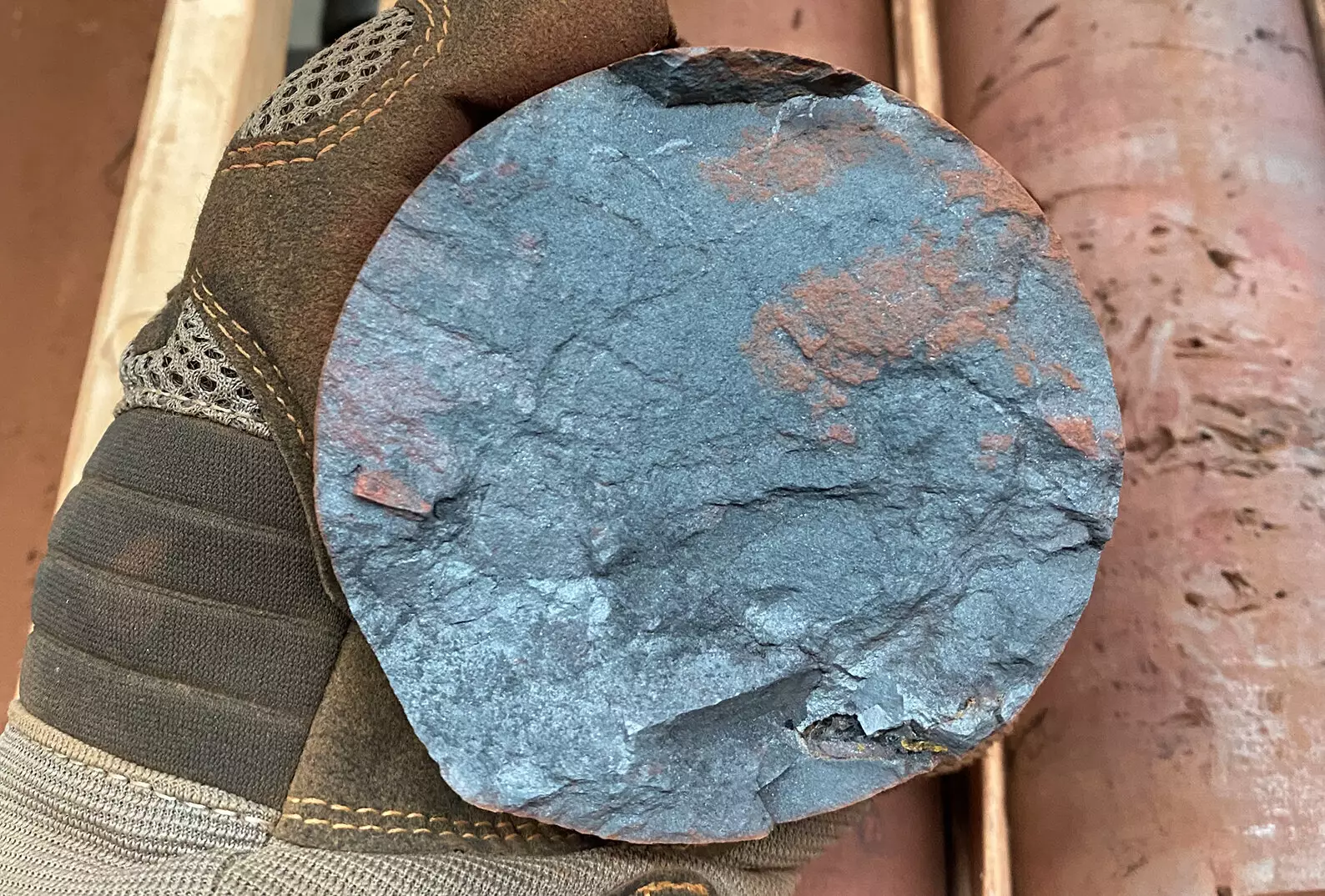The intricate tapestry of Earth’s geological history has received a significant update, thanks to research spearheaded by Curtin University that has recalibrated our understanding of iron ore deposits in the Hamersley Province of Western Australia. Traditionally thought to be around 2.2 billion years old, these marshaled resources are now believed to range from 1.4 to 1.1 billion years, a revelation that could hold profound implications for both the mining sector and geological science. This shift in age not only enhances the narrative of our planet’s geological past but also refines the search for untapped mineral wealth.
Innovative Techniques Enhancing Accuracy
Central to this groundbreaking discovery is the application of innovative geochronology techniques, which utilize uranium and lead isotope analysis to ascertain the age of iron oxide minerals with remarkable precision. Researchers, led by Dr. Liam Courtney-Davies and Associate Professor Martin Danišík, deftly employed these methods to unravel the timeline of banded iron formations (BIFs). These formations, comprised of layers of iron-rich rock that were initially deposited underwater, tell a compelling story of Earth’s early environment and its transformation over billions of years.
This newfound accuracy starkly contrasts the previously utilized estimations, which lacked the refined capabilities that modern methodologies now afford. By pinpointing the ages of these ancient minerals, academic researchers can develop a more nuanced understanding of the conditions that fostered massive iron ore deposits and, consequently, guide future exploratory ventures more effectively.
The Geological Powerhouse of the Pilbara
The region’s iron deposits were forged during a peak in geological activity marked by the movement and transformation of ancient supercontinents. Dr. Courtney-Davies points out that the energetic dynamics inherent to this era likely played a crucial role in the production of substantial volumes of iron-rich rock across the Pilbara region. This connection not only supplements our understanding of the geological processes that shaped Earth but also underscores the cyclical nature of continental formation and the associated mineralization processes.
Western Australia, recognized globally as a titan in iron ore production, benefits immensely from such insights. In the last financial year alone, iron ore was Australia’s largest export, generating $131 billion. The intersection of geology and economics here is profound, reflecting how new discoveries can translate into tangible benefits that propel local and national economies forward.
A Call to Action for Future Exploration
The implications of this research extend beyond mere academic interest. The recalibrated timeline of these iron deposits encourages an invigorated approach to mineral exploration. As industries increasingly confront resource scarcity, understanding the geological factors that dictate where minerals are deposited becomes imperative. The research presents an opportunity not only for enhanced predictive models in exploration but also for fostering a more sustainable approach to resource extraction.
The explorative and innovative spirit that resides within the realm of geology is on full display with this research. The nexus between ancient geological processes and present-day mineral wealth highlights a critical intersection worth exploring further. As scientists delve deeper into the Earth’s past, they not only enrich our understanding but also illuminate paths to a more resourceful and sustainable future.

